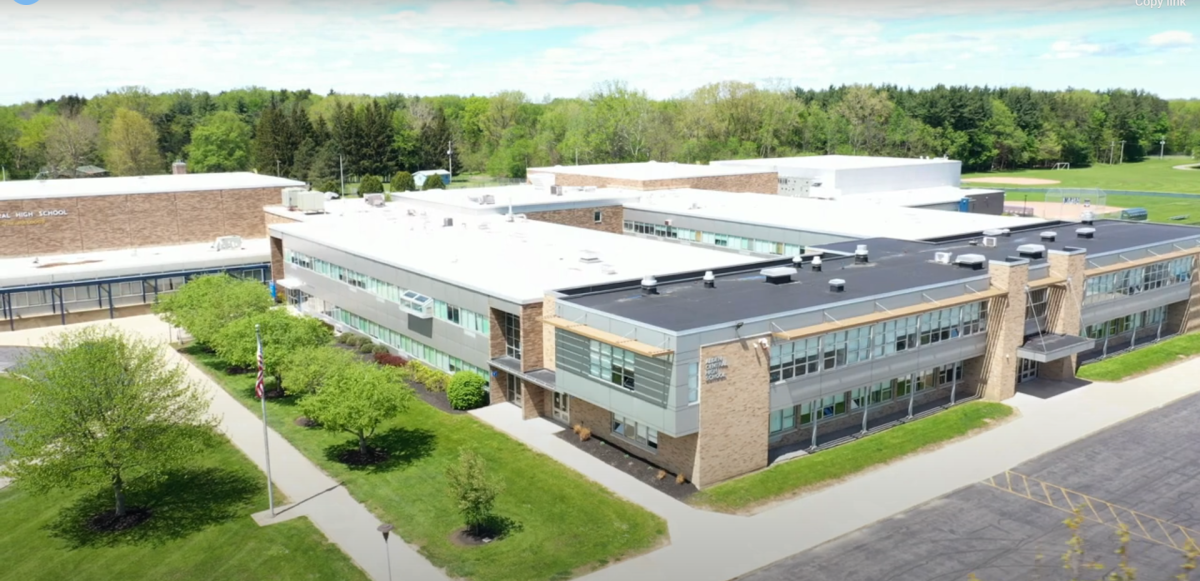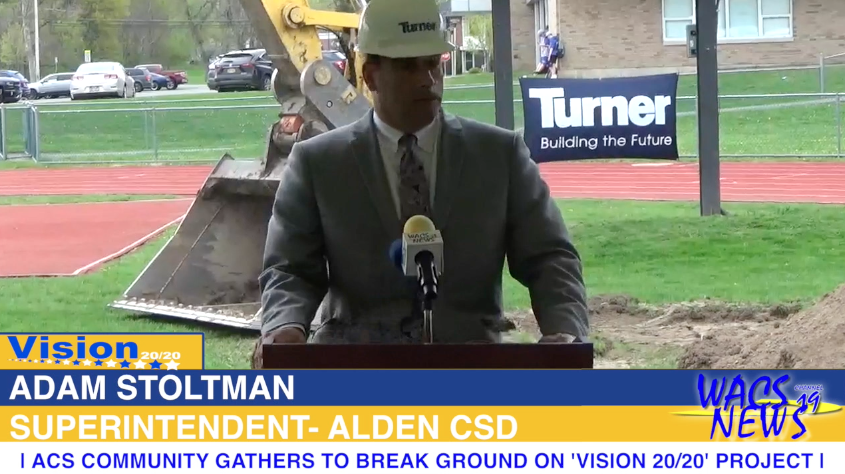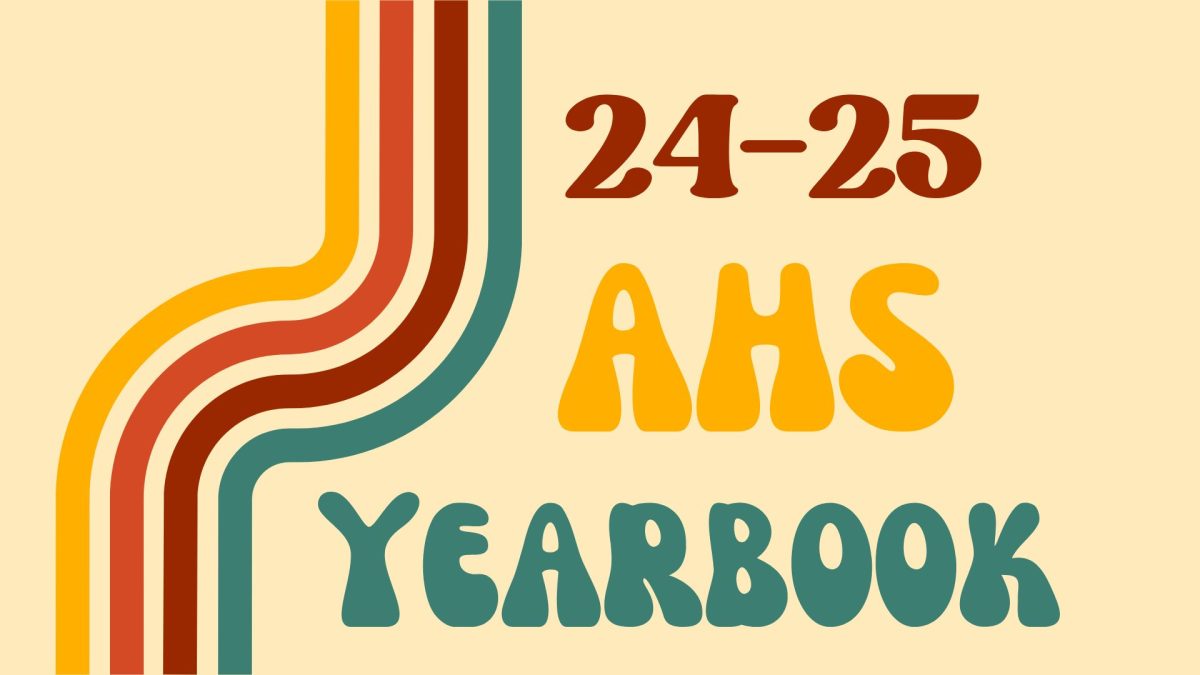Today, we’re offering a closer look at the upcoming capital project at Alden Central School District, featuring insights from Superintendent Adam Stoltman and Steve Shchurowsky, an architect with Young and Wright Architectural. The project is set for a community vote in December, and our discussion highlights its background, objectives, and anticipated benefits.
The capital project’s origins trace back to a routine five-year building condition survey, a requirement by the New York State Education Department to assess and prioritize maintenance across the district’s facilities. After this survey, findings were presented to a long-standing community-based committee, which includes educators, administrators, board members, and local residents. Together, they reviewed the district’s needs, focusing on aging infrastructure and other pressing issues to craft a proposal that would address essential updates while incorporating community input.
With an estimated total cost of $48 million, the project centers around infrastructure improvements. These include critical updates to fire alarms, public address systems, wiring, roofing, parking lots, and elevator systems that have surpassed their useful life. Mr. Stoltman emphasized that these elements are essential for maintaining safety and functionality in buildings that have served the district for decades. The proposal also features upgrades that enhance the school experience, such as cafeteria and kitchen renovations, playground additions, and library improvements.
The need for these updates is pressing, particularly regarding the primary school’s roofing system, which is in urgent need of replacement. Without timely repairs, emergency fixes may be required, potentially increasing costs. The district attempted to address this last December alongside the Gamma project proposal, but it did not pass. Mr. Stoltman expressed hope that the roofing work can be fast-tracked if the current proposal is approved.
Prioritizing the areas for renovation involved multiple steps. The five-year survey served as the foundation, guiding discussions within the community committee and with building-level teams who identified their specific needs. This collaborative approach ensured that the project addressed not just maintenance but also enhancements that could benefit students and staff.
Stay tuned as we continue to explore the details of this significant initiative, and make sure you’re informed before casting your vote this December.




















